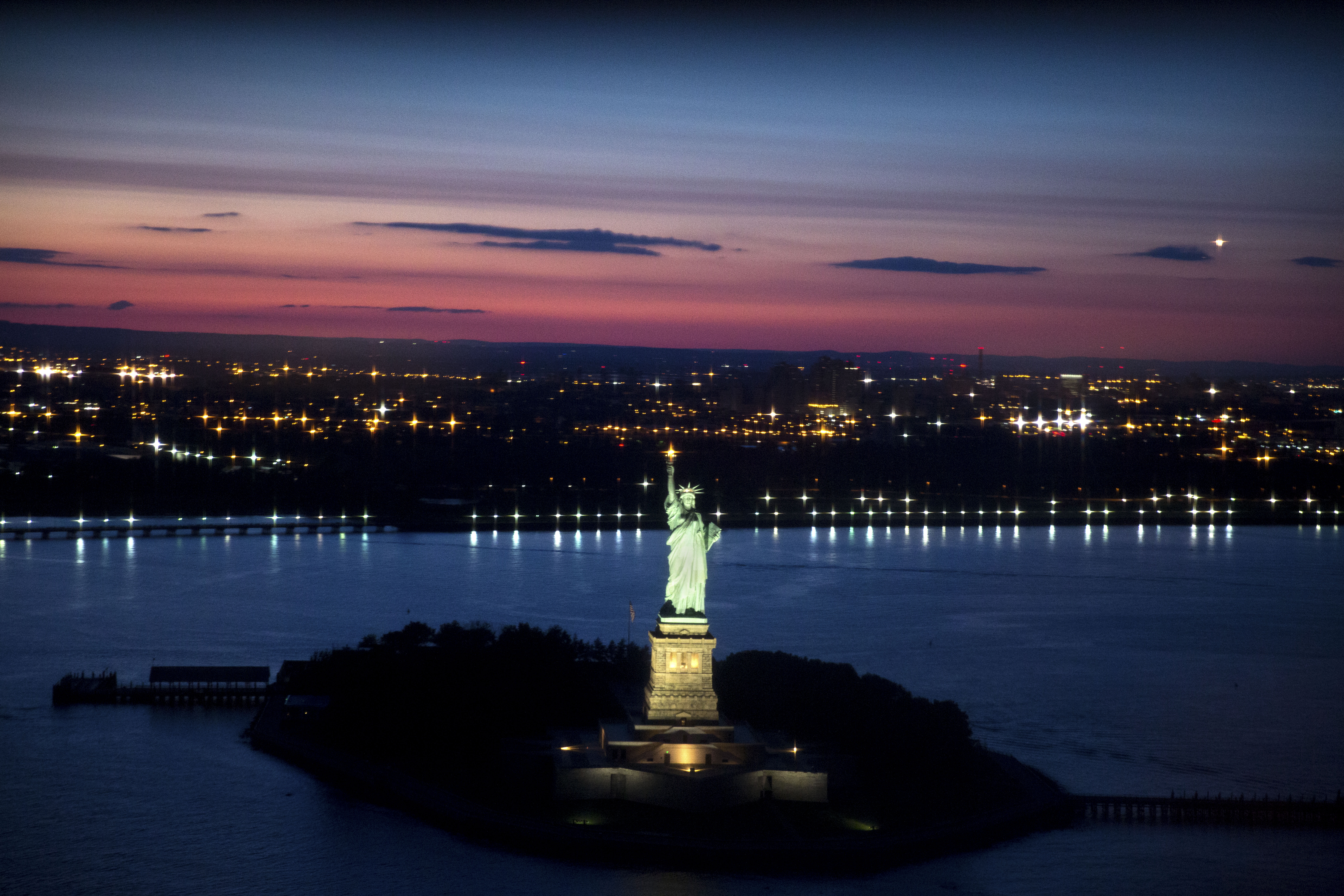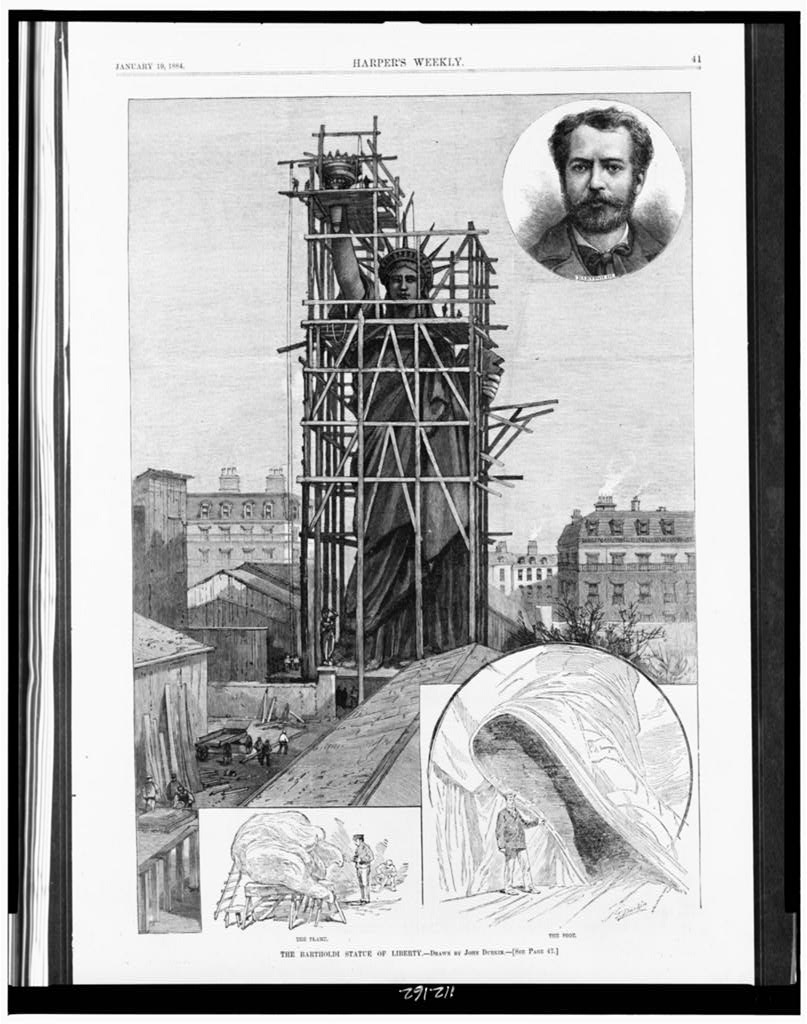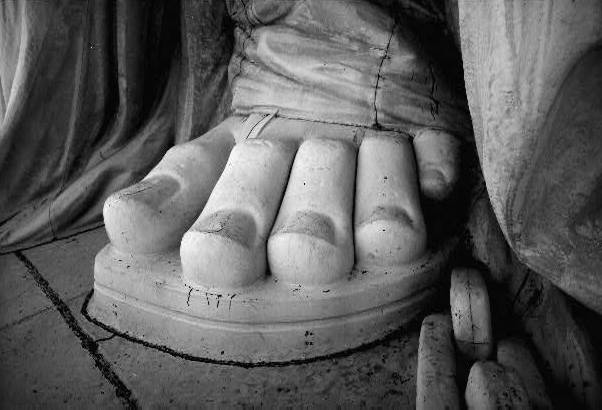

"Give me your tired, your poor,
Your huddled masses yearning to breathe free,
The wretched refuse of your teeming shore.
Send these, the homeless, tempest-tost to me."
— Emma Lazarus
The Statue of Liberty, a gift from the people of France, made its way to America on June 17, 1885. The French people, in honor of the alliance between the two countries during the American Revolution, presented the statue to recognize America as a champion of liberty and encourage the French to support the same ideals.
When the statue arrived at New York Harbor, it was housed in 214 crates. After four months, the 350 puzzle pieces were reassembled into the 151-foot tall icon, finding a home on Liberty Island.
Lady Liberty by the numbers:
- 8 feet: The length of her index finger
- 7 rays: The number of rays on her crown, representing the seven seas and continents of the world
- 6 inches: The distance the torch can sway in high winds
The sculpture, forged by Frederic-Auguste Bartholdi, is officially titled Liberty Enlightening the World and is widely recognized as a symbol of freedom and democracy. The statue holds a tablet in her left hand, engraved with the date July 4, 1776 in Roman numerals, which highlights her role as a representation of American independence. She embodies the ancient Roman goddess Libertas, who signifies sovereignty. Hidden beneath her drapes, a broken chain and shackle remain at her right foot, showcasing a commitment to ending oppression.
"We will not forget that Liberty has here made her home; nor shall her chosen altar be neglected."
— President Grover Cleveland, October 28, 1886, Statue of Liberty inaugural speech
Just seven years after the statue was constructed, Ellis Island Immigration Station opened as the main Atlantic point of entrance to America. Lady Liberty literally welcomed more than 12 million immigrants to the United States, sharing a vision of freedom and opportunity. After immigrants traveled thousands of miles across the Atlantic, they were greeted by the empowering image and reminded of the determination and resilience of the American people.
The Statue of Liberty now stands as a National Park in the state of New York. To learn more about the Statue of Liberty and National Parks in your home state, find your park here.





